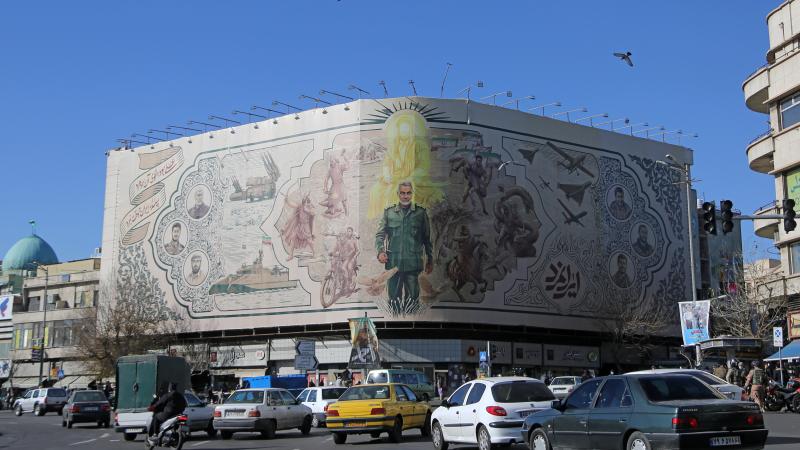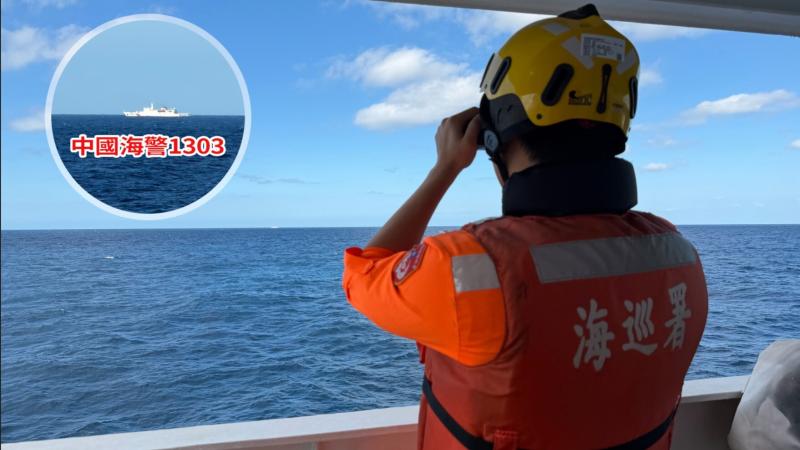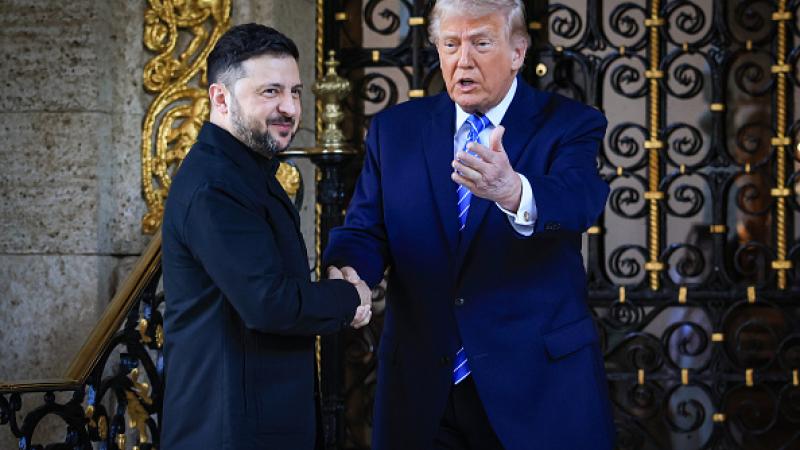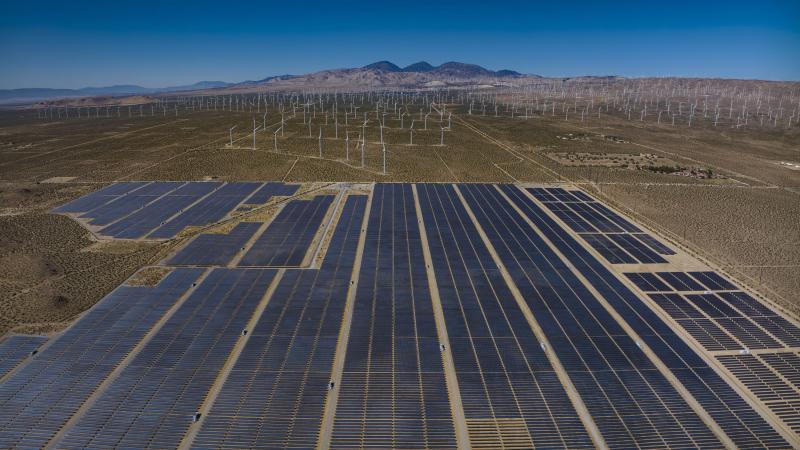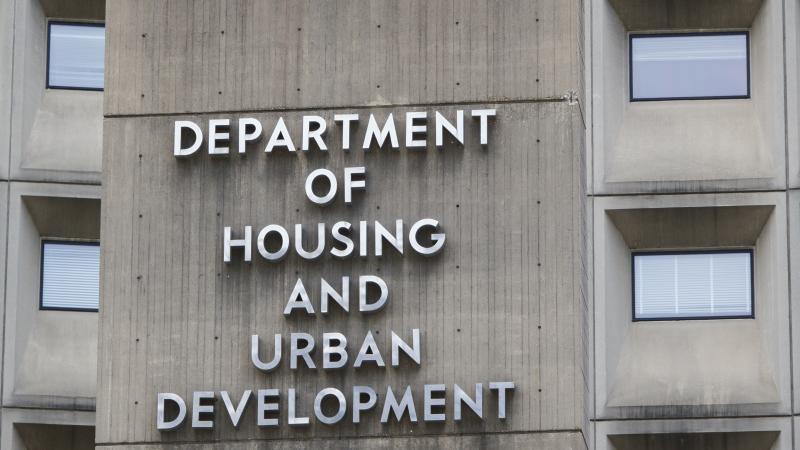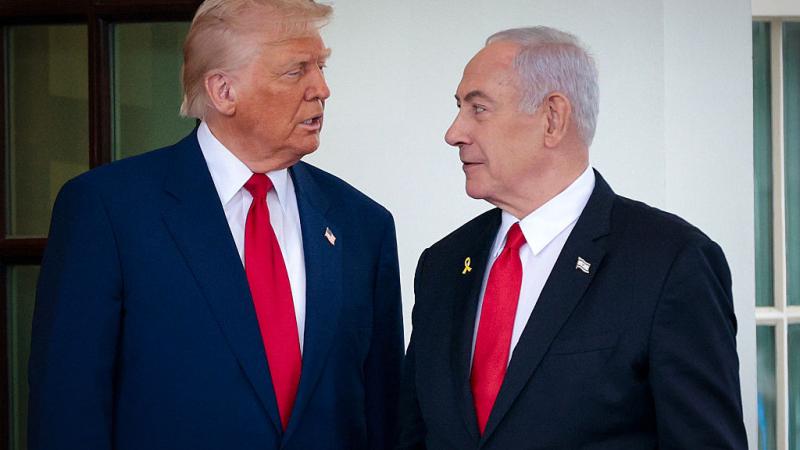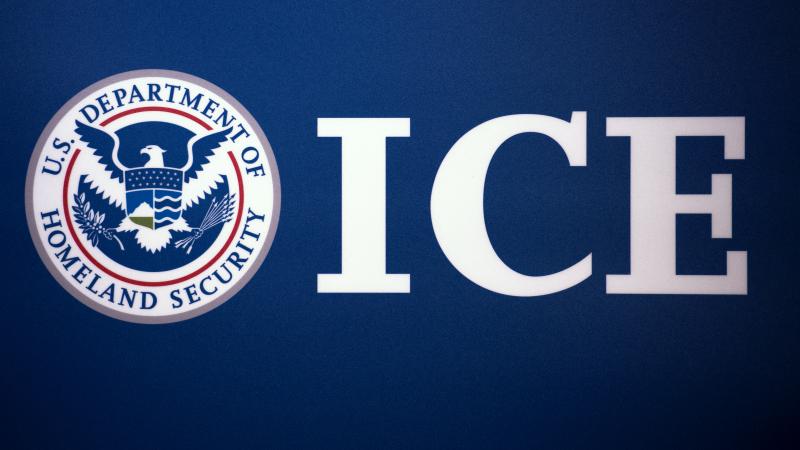Coronavirus spawned a 'multifaceted threat' for China’s military
People's Liberation Army, defense industrial base affected by lockdown which included halts in production of J-15, J-20 fighters.
The COVID-19 outbreak in Wuhan sent China’s national defense complex into crisis mode and scrambling to recover from a "multifaceted threat," security experts have told Just the News.
The crisis enveloped both the People’s Liberation Army and the industrial base that supports it, the experts said.
“The outbreak came at a crucial time,” one U.S. intelligence analyst said. “China has been focused on wanting to transform itself into a great military power. They were pushing hard on this. Then along came the virus.”
Across China, the military complex went into lockdown to help curb the outbreak.
The People’s Liberation Army suspended registration for its twice-yearly conscription drive. For much of January and February, defense companies throughout China halted operations, Jane's Defense Weekly reported this month. Major arms manufacturers froze production lines. The state-owned Sheynyang Aircraft Company stopped building J-15 fighter jets. Another state-owned outfit, the Chengdu Aerospace Corporation, halted work on its J-20 fighters.
The military crisis was keenly felt where the outbreak was most intense, experts said.
“Wuhan, which got hit hardest from the virus, is the site of one of the large naval shipyards, the Wuchang Shipyard,” said Aaron Lin, a research associate at Avascent, a Washington, D.C.-based defense and aerospace consulting group. “Wuchang builds China's newest conventional subs.”
The city is a hub for advanced research and development projects. “Wuhan is also home to the PLA Naval University of Engineering," said Lin, "which is working on a wide range of advanced technologies with naval applications like electromagnetic catapults and full electric propulsion systems.”
These, too, ground to a halt.
Amid the shutdowns, units from the PLA diverted to the front lines in Wuhan, where they faced a new type of challenge, one Chinese political official said.
“For the Chinese People's Liberation Army, the battle against the pandemic is a test of its emergency response capability,” said PLA Senior Colonel Yuan Hua in a statement. Hua, who is political commissar of a military emergency specialty field hospital in Wuhan, in Hubei Province, couched the situation in battlefield terms.
“Whether the PLA medical team to Hubei can effectively assist in the disease prevention and control is essentially a comprehensive test of the troops' combat readiness and training,” Hua said.
The test likely was an unexpected way for Beijing to assess its modern military. The Chinese Communist Party for decades fielded an army that was rooted in the guerrilla-style organization that brought the party to power in 1949. In the 1990s, though, Beijing embarked on efforts to beef up the mostly untested PLA.
In 2017, in a speech to the National Congress of the Communist Party of China, China’s President Xi Jinping outlined plans to build a “powerful and modernized” military.
“We will make it our mission to see that by 2035, the modernization of our national defense and our forces is basically completed,” Jinping said, “and that by the mid-21st century our people’s armed forces have been fully transformed into world-class forces.”
The disease outbreak disrupted that plan, China-watchers said. But in late March, China pushed back against suggestions that the coronavirus would damage the nation’s defense aspirations.
A spokesperson for the Ministry of National Defense of the People's Republic of China described the pandemic as a force to be overcome.
“The PLA's determination, will, and ability to defend national sovereignty and territorial integrity will not be shaken by any force or disturbed in any way,” the defense ministry’s spokesman, Senior Colonel Ren Guoqiang, said in a statement.
By February, the intelligence analyst said, Beijing had grown impatient at what it viewed as a setback.
“There is a lot of pressure to fulfill Xi’s vision,” the analyst said. “Virus or no virus, they wanted to show progress.”
Beginning in February, the defense industries restarted their production lines. The J-15 and J-20 programs resumed. This month, Beijing announced it would launch a satellite, and named it after the city of Wuhan. On Monday, China resumed the registration process for conscriptions.
The situation that became a defense crisis seemed to smooth over.
Overall, the outbreak will be little more than a speed bump to the Chinese defense complex, in the view of some Western observers. “I don't expect there to be any lasting damage from coronavirus,” Lin said.
The pandemic may turn out to benefit Beijing’s rising arms industry, others noted.
“Global economic problems stemming from coronavirus could send more buyers to Beijing,” the intelligence analyst said.
“China has an advantage in that their weapons are usually cheaper,” Lin said. “If governments have more constrained defense budgets, then cheaper Chinese weapons will appear more attractive than their expensive Western analogues.”

